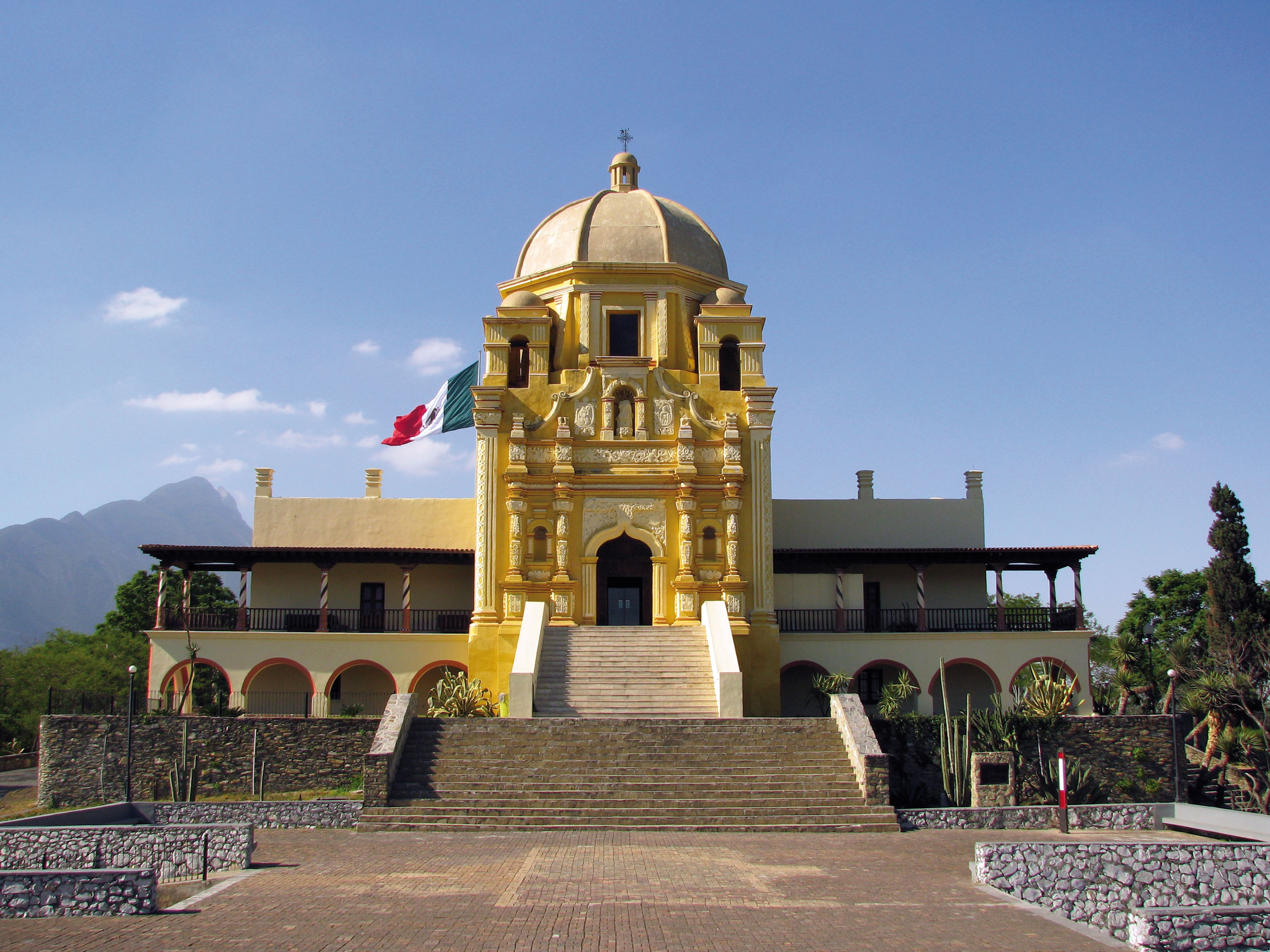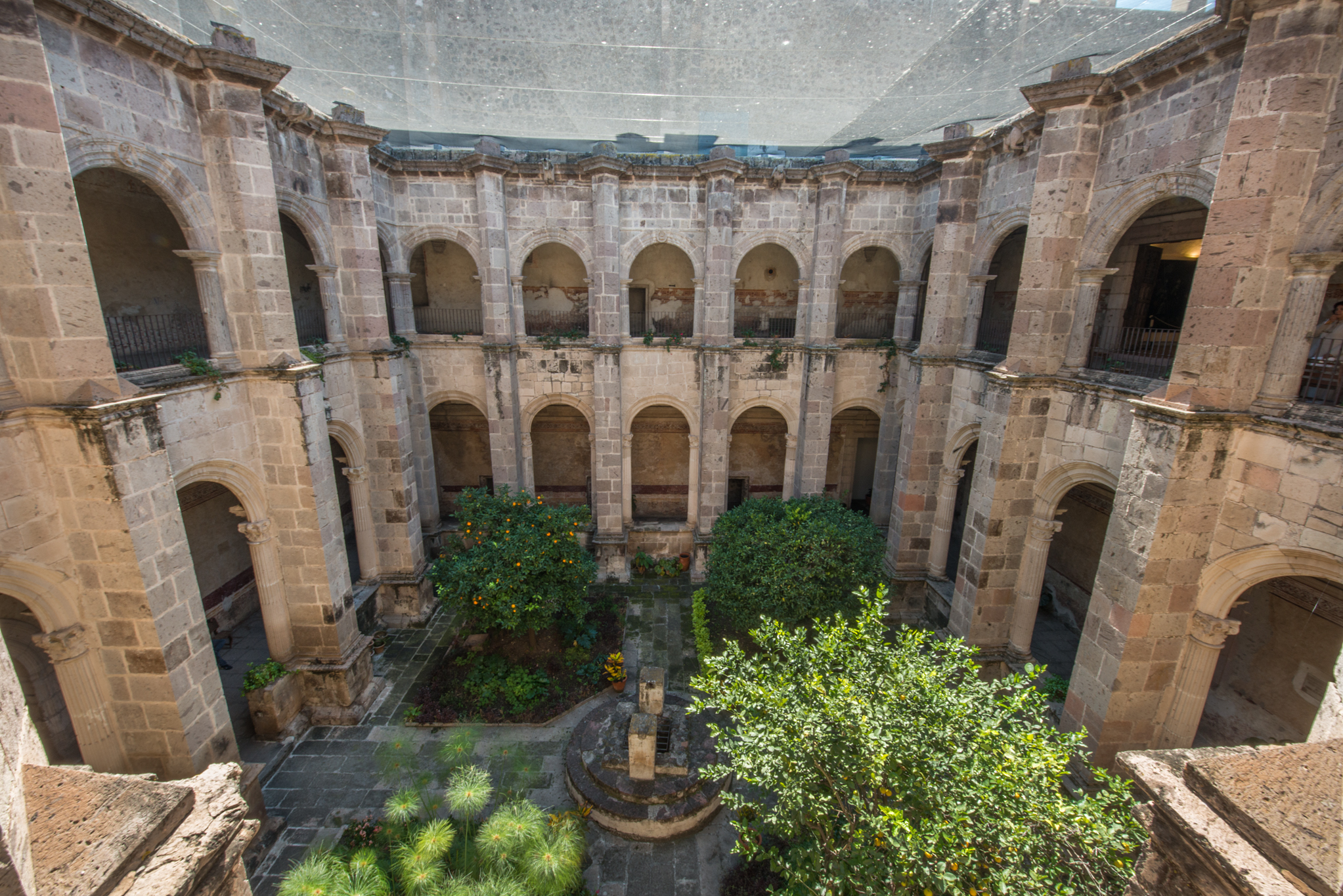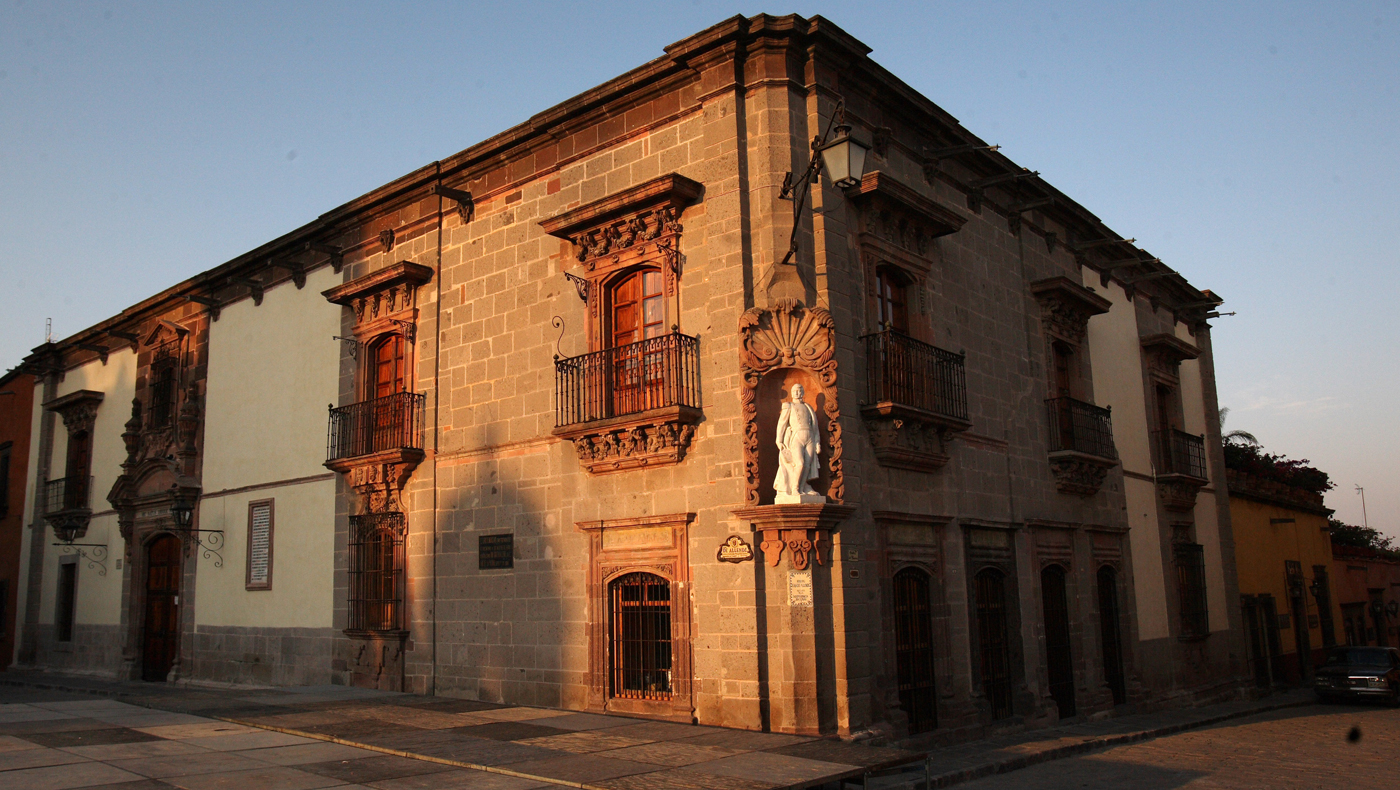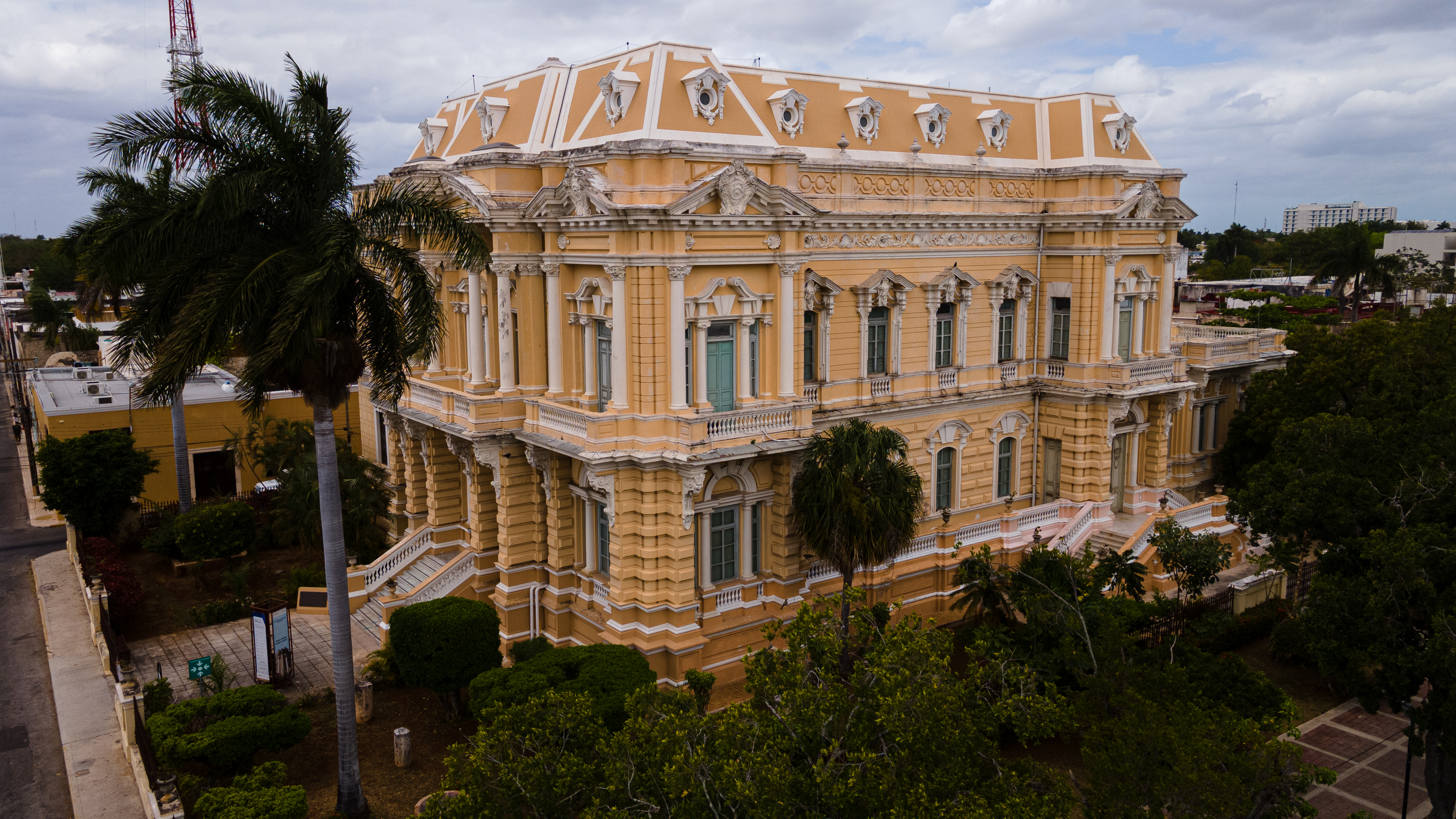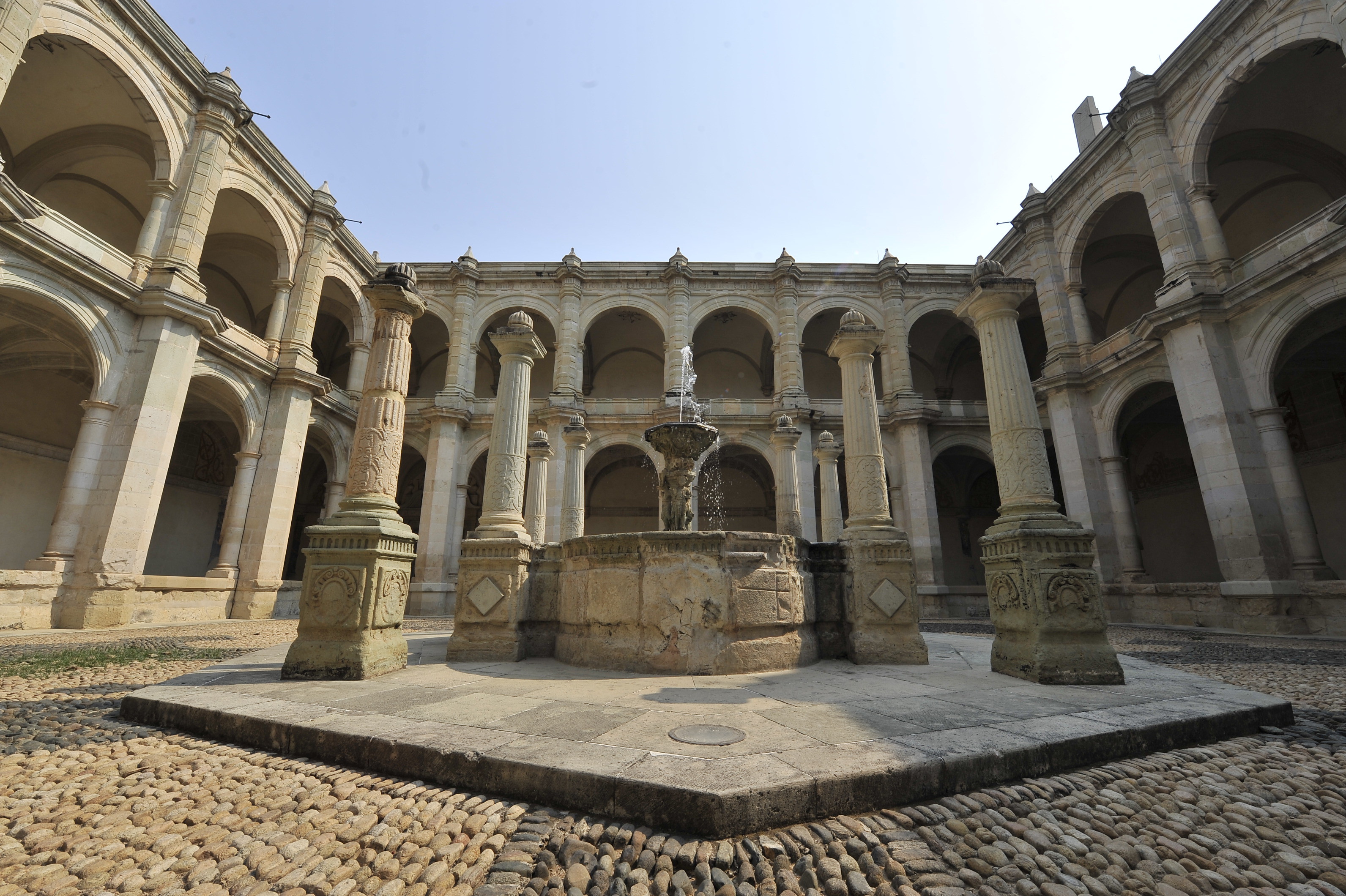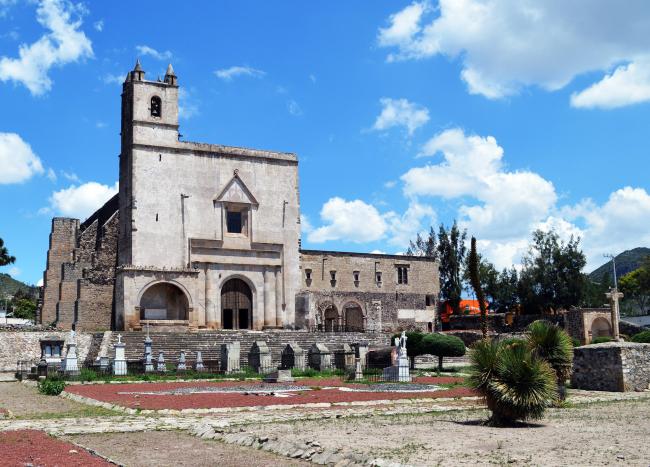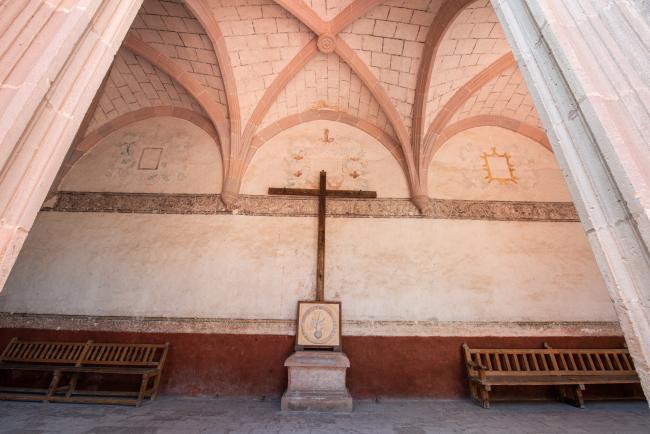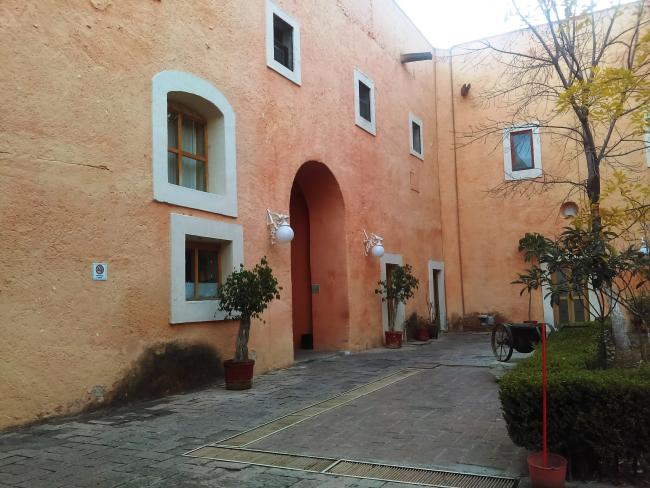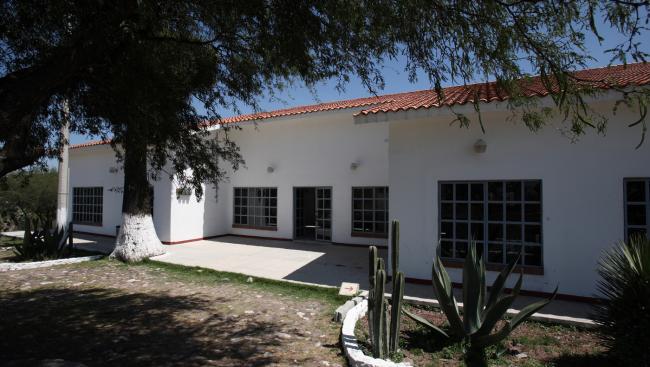
Ex Convento de San Andrés Apóstol
Founded in 1540 by Augustinian friars, this monastery preserves extraordinary polychrome murals and examples of Romanesque, Mudéjar and Plateresque styles can be identified on its walls with many indigenous additions. The three Panels of Epazoyucan with scenes from the life of Jesus, are the…
Ex Convento de San Nicolás de Tolentino
An important Augustinian monastery preserving valuable murals and examples of religious art from the sixteenth to nineteenth centuries. The ethnographic gallery shows the everyday life and crafts of the Otomi people of the valley of Mezquital.
Museo "Jorge R. Acosta"
The archeologist Jorge A. Acosta (1904-1975), discovered the great Atlantes of Tula and other finds. The museum recreates the ancient Tollan Xicocotitlan: with sculpture, ceramics, stelae, offerings and gods (Quetzañcoatl, Tecatlipoca) and the vast population, inheritors of Teotihuacan.
Museo Arqueológico de Tepeapulco
The museum is housed in the Franciscan convent founded in 1528. The great scholar of Nahuatl, Fray Bernardino de Sahagún lived and worked here. The museum displays material on his life and work, on pre-Hispanic society from the earliest times and a collection of religious art of New Spain.
Museo de la Fotografía del Sistema Nacional de Fototecas
The venerable seventeenth-century former monastery of San Francisco in Pachuca houses an extremely rich collection of images from the nineteenth century onwards, featuring historical events, daily life, landscapes and visual essays. There are important collections of Tina Modotti, Nacho López,…
Sala de interpretación "Guadalupe Mastache"
This Interpretation Gallery, dedicated to a well-known Mexican archeologist and restorer, is a great place to visit before seeing the Tula Giants. There are some exceptional pieces: a fragment of a pilaster with images of Tlaloc, the kind god and Tezcaltipoca, the fateful one; a unique jaguar in…

